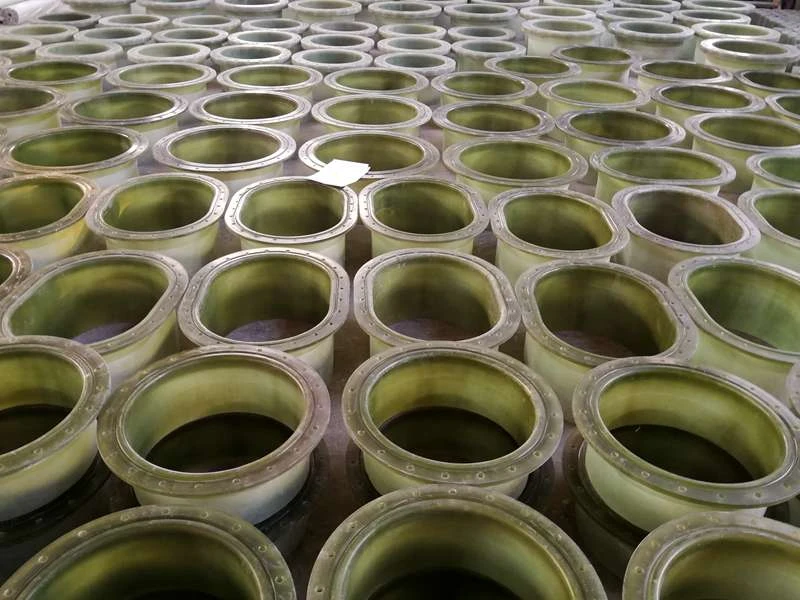frp step
Understanding the FRP Steps in Composite Material Production
Fiber Reinforced Polymer (FRP) has gained immense popularity in various industries due to its superior strength-to-weight ratio, corrosion resistance, and versatility. The production of FRP involves several critical steps that ensure the material achieves its desired properties. Understanding these FRP steps is essential for anyone interested in composite materials and their applications.
.
Once materials are selected, the second step involves preparing the fibers and resin. This preparation may include cutting fibers to the desired length, treating them to improve adhesion with the resin, and mixing the resin with hardeners and additives to achieve the required viscosity and curing properties. Proper preparation is crucial as it directly influences the mechanical properties and durability of the final product.
frp step

The third step is the actual molding process, where the prepared fibers are combined with the resin. There are various molding techniques used in FRP production, including hand layup, vacuum infusion, and resin transfer molding. Each technique has its advantages and is selected based on the size and complexity of the part being produced. Vacuum infusion, for instance, is often used for larger, lightweight structures due to its ability to eliminate air pockets and ensure uniform resin distribution.
After molding, the fourth step involves curing, where the resin hardens to form a solid composite. This process can be natural or accelerated through the application of heat, depending on the resin system used. Proper curing is critical as it determines the final mechanical properties of the FRP.
Finally, after the curing process, the last step is finishing. This may involve trimming excess material, sanding surfaces, and applying protective coatings. Quality control measures are essential at this stage to ensure that the finished product meets all specified requirements and standards.
In conclusion, understanding the FRP steps—from material selection to finishing—is essential for producing high-quality composite materials. Each step plays a vital role in determining the performance and application suitability of the final product, making it imperative for manufacturers to adhere to best practices throughout the process.
Latest news
-
Oblate Tanks: Space-Saving, Durable Liquid Storage SolutionsNewsAug.27,2025
-
High-Performance Piping System Solutions for Industry & Commercial UseNewsAug.26,2025
-
Precision Fittings: Durable & Reliable Industrial & Plumbing SolutionsNewsAug.25,2025
-
Practical Steps: Unlock Success with Our Proven GuidesNewsAug.24,2025
-
Transport Tanks: Safe, Durable & Efficient Liquid HaulingNewsAug.23,2025
-
High-Quality Piping Systems for Efficient Flow & DurabilityNewsAug.22,2025











